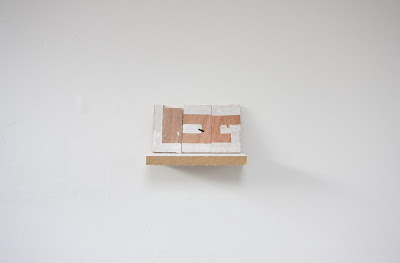
San Francisco-Oakland Bay Bridge Photographer: Manfred Werner
http://upload.wikimedia.org
A version of this story appeared in the November 1991 issue of OMNI magazine.
This version of the story concerns an unnamed girl and an old man named Skinner who live in the one-room shack built on top of the first cable tower of the Bridge.
The story takes place in a near-future where the United States is in decline, having been negatively affected by some event referred to as the "devaluations." Skinner has lived on the bridge, and in his room, for a long time, but the girl arrived only three months ago.
The story reveals that, long ago, the Bay Bridge had been closed to vehicle traffic (for three years) and that the pressure to find a place to live had forced people to seize the bridge and set up a squatters' town there. The community that arose was vibrant and was watched by the world's media. The town grew in a piecemeal fashion, built from salvaged parts as well as material donated by, apparently, more wealthy nations. The girl is interested in the history of the bridge town, and at the end of the story Skinner has a dream in which he remembers being at the front of the crowd who seized the bridge (Skinner is the first onto the bridge) and scaled the towers.
















